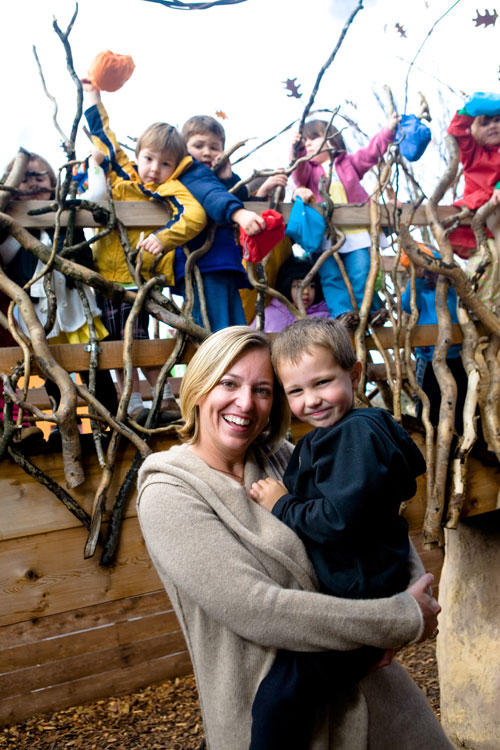 gDiapers has been taking the diaper world by storm since the company launched in December 2005. With Kimberly Graham-Nye and husband Jason at its helm, gDiapers has been stocking the shelves with a unique hybrid product: a cloth diaper cover with a disposable insert.
gDiapers has been taking the diaper world by storm since the company launched in December 2005. With Kimberly Graham-Nye and husband Jason at its helm, gDiapers has been stocking the shelves with a unique hybrid product: a cloth diaper cover with a disposable insert.
 |
gDiapers |
If you could use only one word to sum up gDiapers co-founder and president Kimberly Graham-Nye? Passionate. Fast-talking, energetic and committed, Graham-Nye is as passionate about diapers as she is about the business of selling them. Screen star Julia Roberts’ son’s undergarment of choice (before being potty trained), gDiapers has been taking the diaper world by storm since the company launched in December 2005. With Graham-Nye (and husband Jason) at its helm, gDiapers has been stocking the shelves with a unique hybrid product: a cloth diaper cover with a disposable insert.
Though still a microbusiness compared to diaper giants Kimberly-Clark (Huggies) and Procter & Gamble (Pampers and Luvs), gDiapers has seen its gross revenue triple in the past three years (they wouldn’t release numbers). It started with four employees and now employs 15 full-time at its headquarters in Portland. Its products, once available only locally at New Seasons Market, are now sold nationally at Babies R Us, Diapers.com and Target.
This success comes from the unique philosophy of the 39-year-old Graham-Nye, who throws out conventional old-school business wisdom in favor of a family-centered, values-centered approach. The company has a full-time daycare for employees’ children located in the same building as the headquarters, offers four weeks of paid vacation time, and gives women three months of paid maternity leave and men six weeks of paternity leave. Graham-Nye allows, even encourages, employees to work flexible schedules so they can be with their children after 3 p.m. when school lets out, clocking back in after 8 p.m. when the children are asleep if they have work to finish.
The family-friendly policies have helped Graham-Nye woo top-notch employees at a lower salary than offered by large companies, and create work opportunities for qualified moms who had left the work force to start a family. The result: highly competent employees (their CFO used to work for Pillsbury), almost no employee turnover, and high brand and company loyalty.
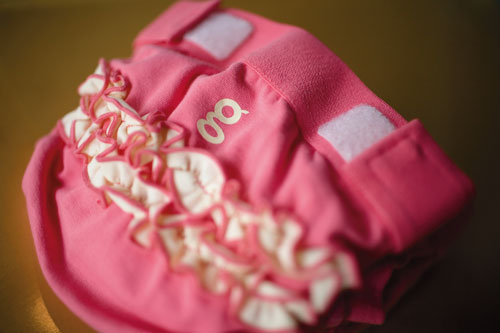 |
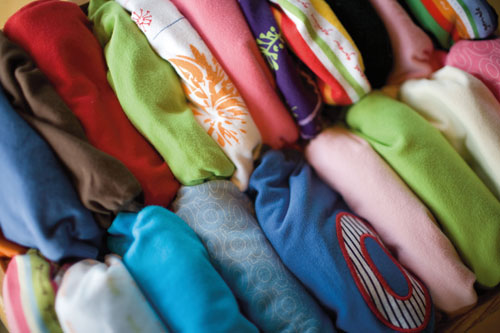 |
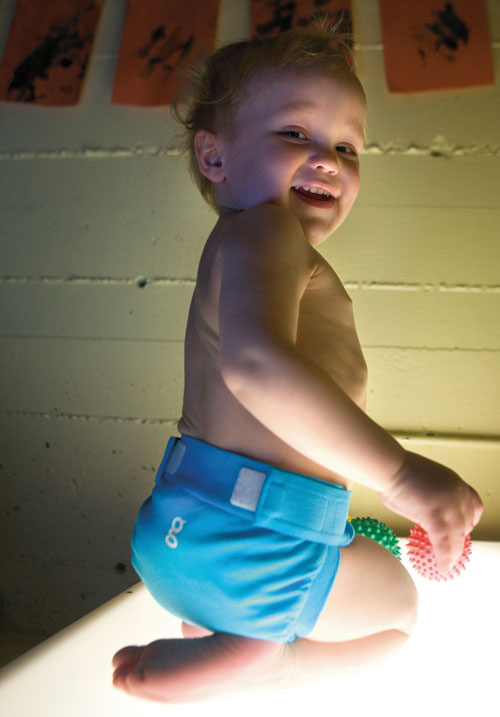 |
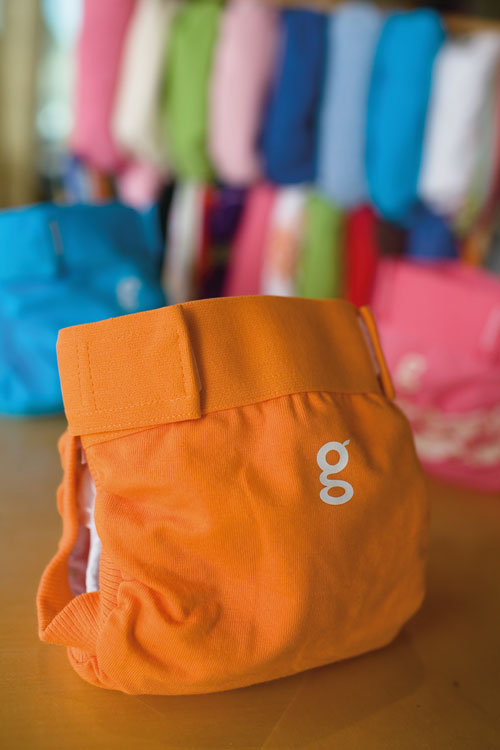 |
“We have three employees who joined us with large pay cuts because of the lifestyle we offer. As a startup we can’t compete on salary but we tell them, ‘You don’t have to schlep between childcare and office; if you want to keep nursing, you can,’” Graham-Nye says. “We add to our team as we grow and we really retain people.”
Graham-Nye took a circuitous route to get to diapers. Canadian-born, she spent five years working and traveling in Asia, Africa, New Zealand, Australia and Mexico after college. After that, she says she was hungry to earn a more solid income. She started a telecommunications company so successful she sold it to Sprint after three years. A year into the business, she met Jason. They went on crazily unusual dates once a month and ended up co-authoring a book about their adventures: Great Dates: A Romantic’s Guide to Sydney, and starting a boutique events management company based on the book. Corporations or wealthy couples would pay them to plan unique events. They married in 1998, wrote a second book, and have been business partners ever since. They have two sons: Harper, 5, and Fynn, 10.
But something was missing. Though she loved their quirky business, Graham-Nye and her husband both wanted to do something more meaningful with their lives. When Fynn was born in 2002 they discovered the world of diapering. “We left writing and our little fun company and moved to America to start our insane diaper adventure,” Graham-Nye says.
Oregon’s emphasis on quality of life was one of several factors that led Graham-Nye to make it the gDiapers headquarters. “Portland’s becoming the center of sustainability,” Graham-Nye says. “Our products are made with highly technical breathable fabrics, and we wanted both the technical fabric expertise that Portland had to offer and the environmental awareness that consumers in Oregon have.”
But setting the bar so high has brought gDiapers criticism from the cloth diaper industry and environmentalists, many of whom argue that offering a disposable “hybrid” product is not sustainable. Though the insert is advertised as flushable and compostable, even Graham-Nye admits that most parents are putting it in the landfill. Partly because of the criticism, Graham-Nye and her team designed an ultrathin absorbent cloth insert that hit the market last year.
Her strategy for the future is to continue to roll out new products (a newborn-size gDiaper in 25 different colors is among the latest) and to appeal to the hip, fashion-conscious parents who may not be as swayed by environmental arguments as by trendy products.
“We’re expecting huge growth in the next few years,” Graham-Nye says. “We’re redefining what cloth is in today’s modern market. The mainstream sees cloth as this fringe, hippie mama, tree-hugging product. We have the opportunity to re-educate consumers and say, ‘Cloth diapers can totally be you.’”

